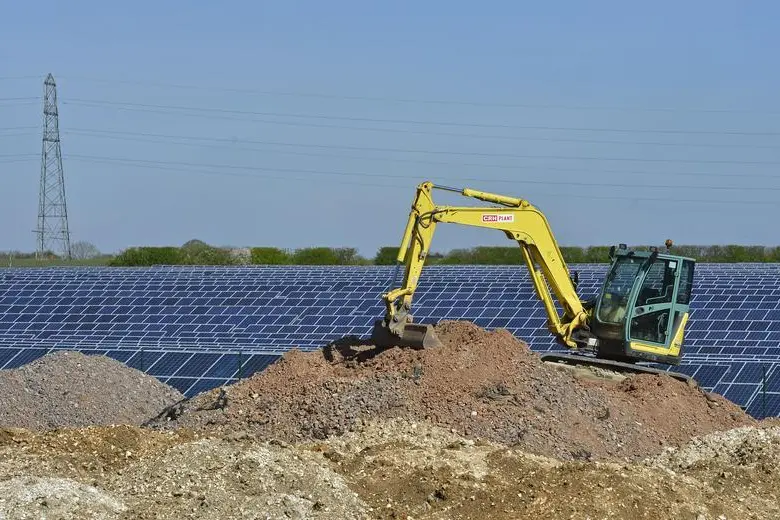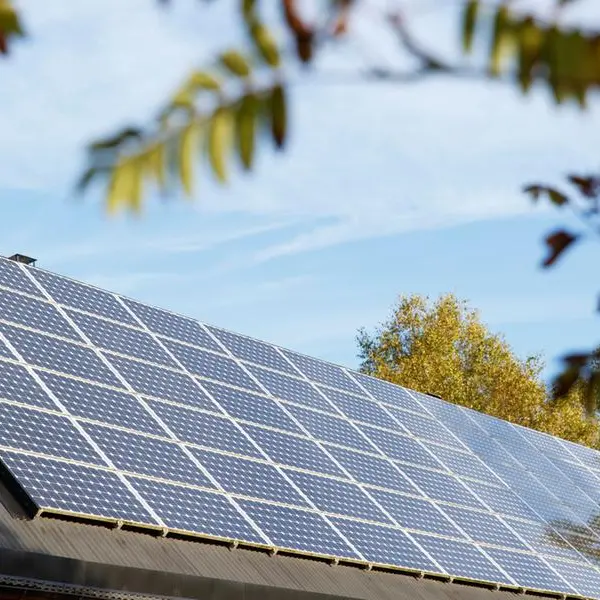PHOTO
(The opinions expressed here are those of the author, a columnist for Reuters.)
LITTLETON, Colorado - Texas is emerging as an unlikely catalyst for energy transition efforts across the United States by rolling out clean energy supplies at a faster pace than long-time renewables hub California and the rest of the country.
Texas, the second-most populous state, has also established a formidable lead over all states in terms of total electricity generation from renewable sources, and will add more solar and wind capacity in 2023 than all other states combined, according to the U.S. Energy Information Administration (EIA).
Since 2018, Texas has also outpaced California and the national average in both total electricity generation additions and in cuts to power emissions, making the Lone Star state a key beacon for others looking to reduce emissions but increase power generation totals.
TWO-PRONGED PUSH
Texas' leadership push in renewables may seem at odds with its status as the top U.S. producer of crude oil, natural gas, refined products and petrochemicals.
But in many ways the state's drive into green energy complements its established leadership in fossil fuels by helping to generate some of the power needed for its extraction and refining sectors, the products from which remain in high demand globally.
The rapid renewable energy capacity development is also a major driver of jobs growth in the state, which is helping to offset potential concerns about stranded assets and reduced demand for energy sector workers once global energy systems transition away from fossil fuels.
HEAVY LOADS
The need to maintain one of the world's largest fossil fuel extraction and processing industries while developing a leading renewables sector has ensured that Texas has become the country's largest energy consumer, as well as producer.
A heavy historic reliance on natural gas and coal for electricity generation has also meant that Texas has one of the most carbon-intensive power systems in the United States.
In 2022, the state ranked behind only Ohio and Florida in terms of carbon emissions per unit of electricity generated, according to think tank Ember.
However, thanks to a nearly 25% cut to coal-fired power and close to 50% rise in generation from clean sources since 2018, Texas has managed to cut its overall power sector carbon intensity by 15% over that time span, exceeding the national average.
That cut also sharply exceeds the 2% decline since 2018 in power sector carbon intensity in California, which has had to increase natural gas use to offset declines in electricity generation from hydro and nuclear plants.
California's power system may become even more carbon intensive if generation from the state's last nuclear plant is cut as planned within the coming decade, just as new renewables capacity will further reduce carbon intensity in Texas.
TEXAS TEMPLATE
While California is losing its lustre as a model for power sector planners elsewhere, Texas has shown it is possible to boost electricity generation totals while reducing emissions in recent years.
However, Texas has also suffered an array of severe power generation problems over that same period, including outages due to winter storms and heat waves, which make the state instructive for other state energy systems to monitor.
Sharp swings in weather conditions are becoming increasingly likely in all areas, and electricity demand levels are only expected to increase as more car fleets and businesses become electrified.
That means all utilities will be under pressure to ensure around-the-clock power availability regardless of the time of year, and to make that source of power as green as possible.
In turn, that puts most U.S.-based utilities in the same boat as those in Texas, where intensive power demand levels from industry rarely let up, even in the most extreme weather conditions.
Not all states will be able to mimic Texas' ability to deploy offshore wind as a key generation source, or exploit vast swaths of sunny, lightly-populated areas for use as solar farms.
But many states will be able to learn from Texas' evolving mix of generation sources that have been harnessed to push electricity generation levels higher while curbing emissions.
Other states can also take heed that it is possible to build up renewable power service sectors in tandem with industries that may seem at odds with carbon-cutting ambitions.
Indeed, the fact that Texas sustains large traditional industrial sectors alongside a thriving renewables industry makes the state a microcosm of the entire country, and potentially useful guide for other states mapping out their own energy transition routes. The opinions expressed here are those of the author, a columnist for Reuters.
(Reporting By Gavin Maguire; Editing by Jamie Freed)





















